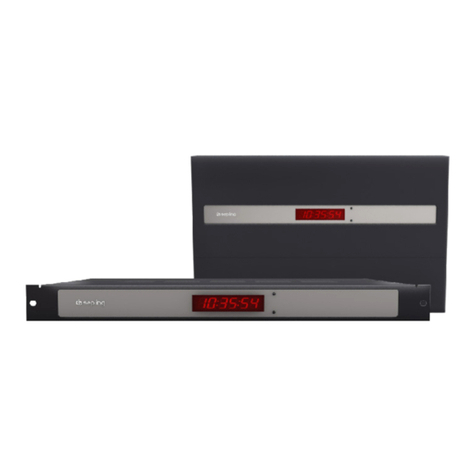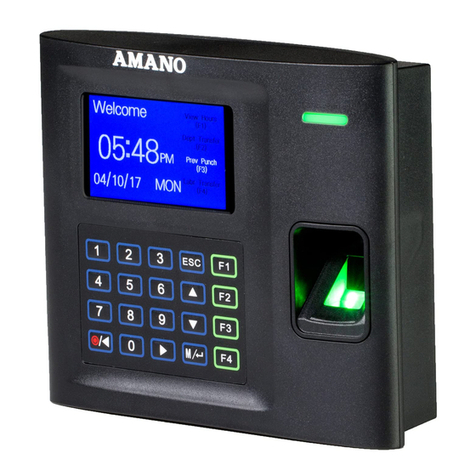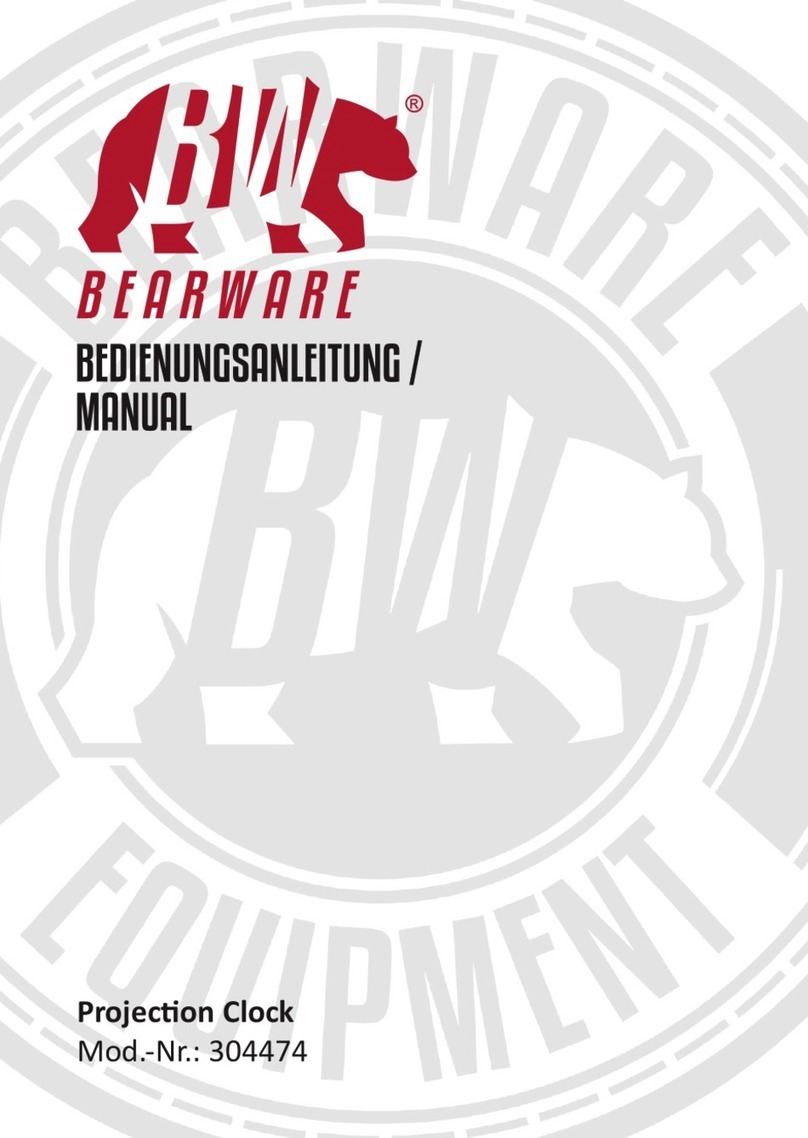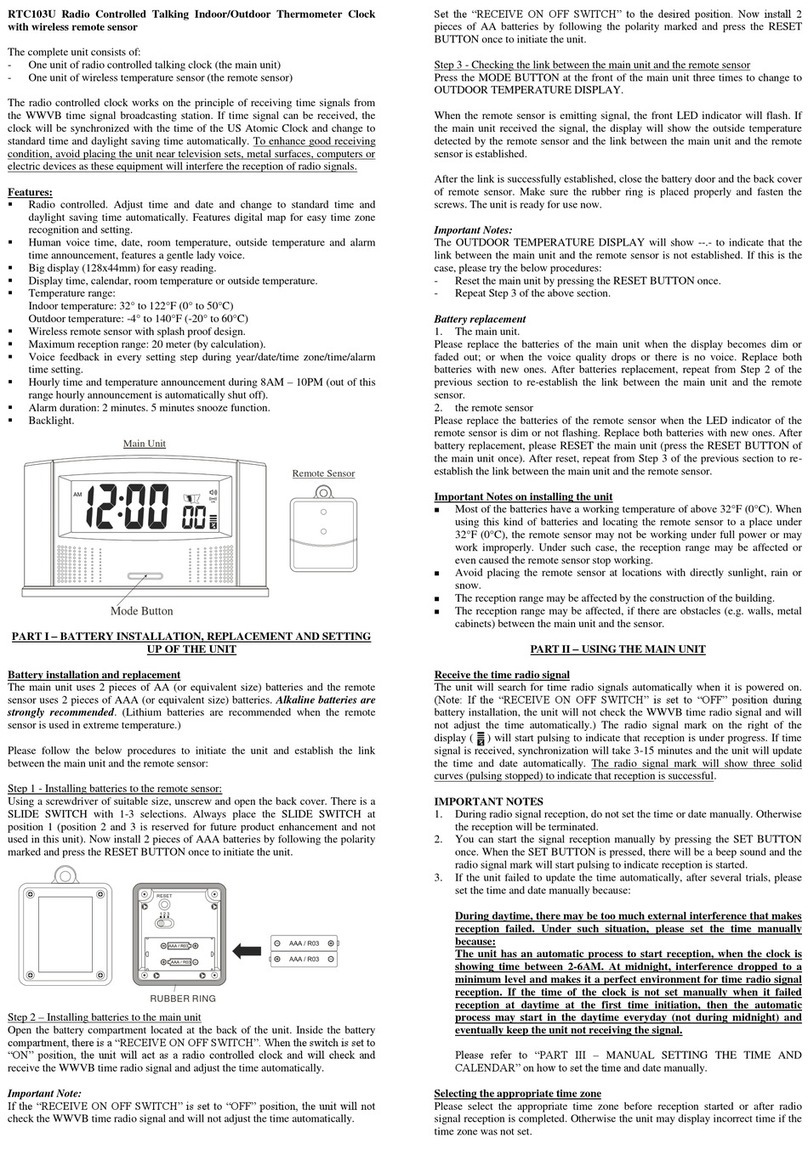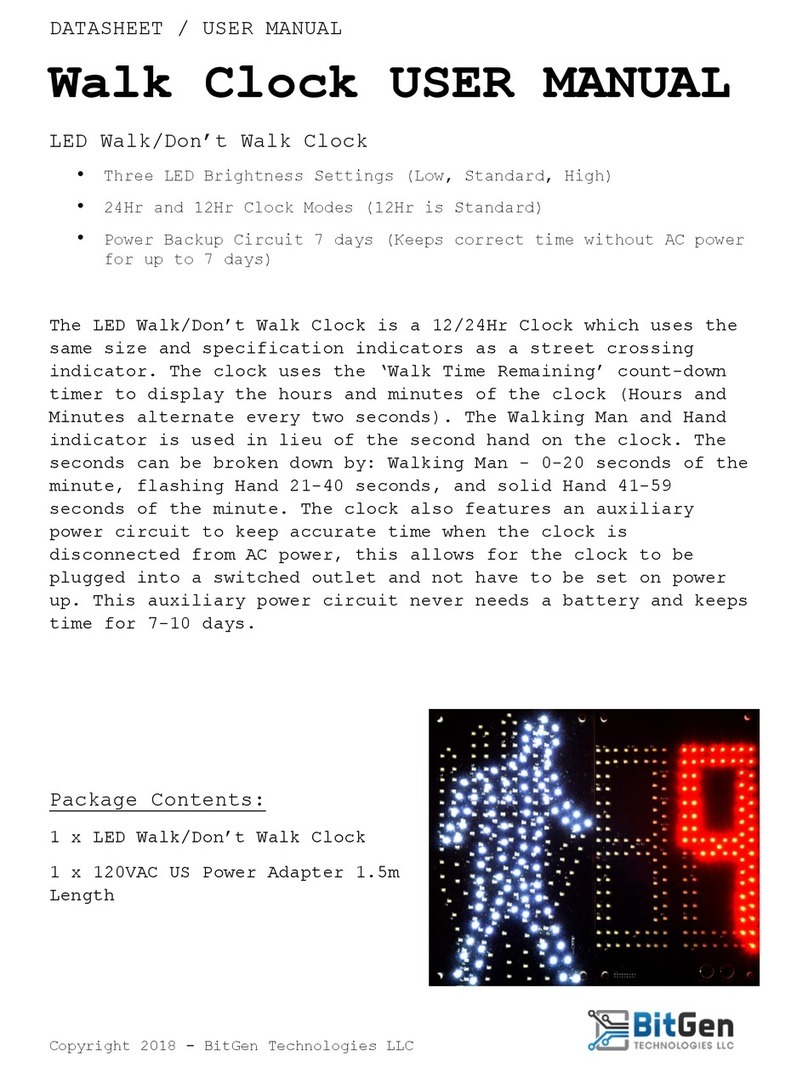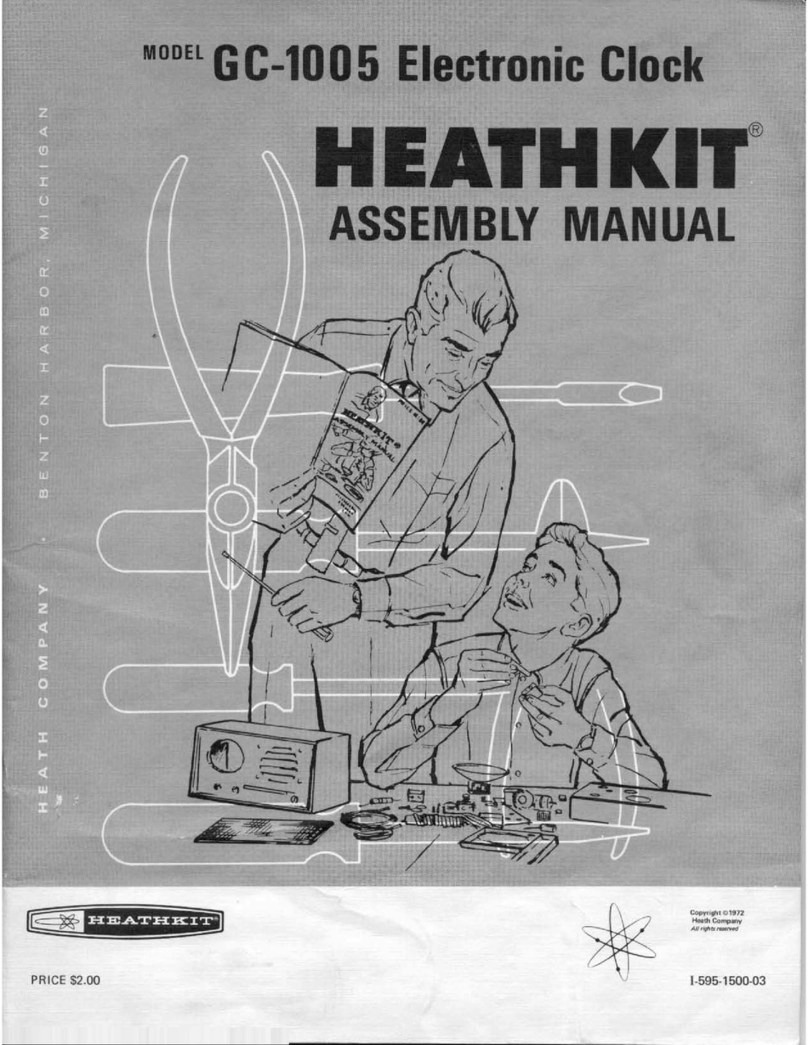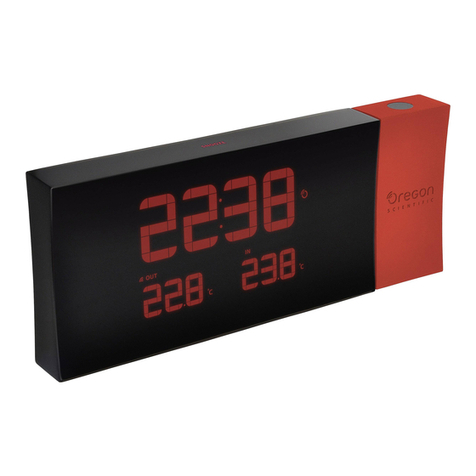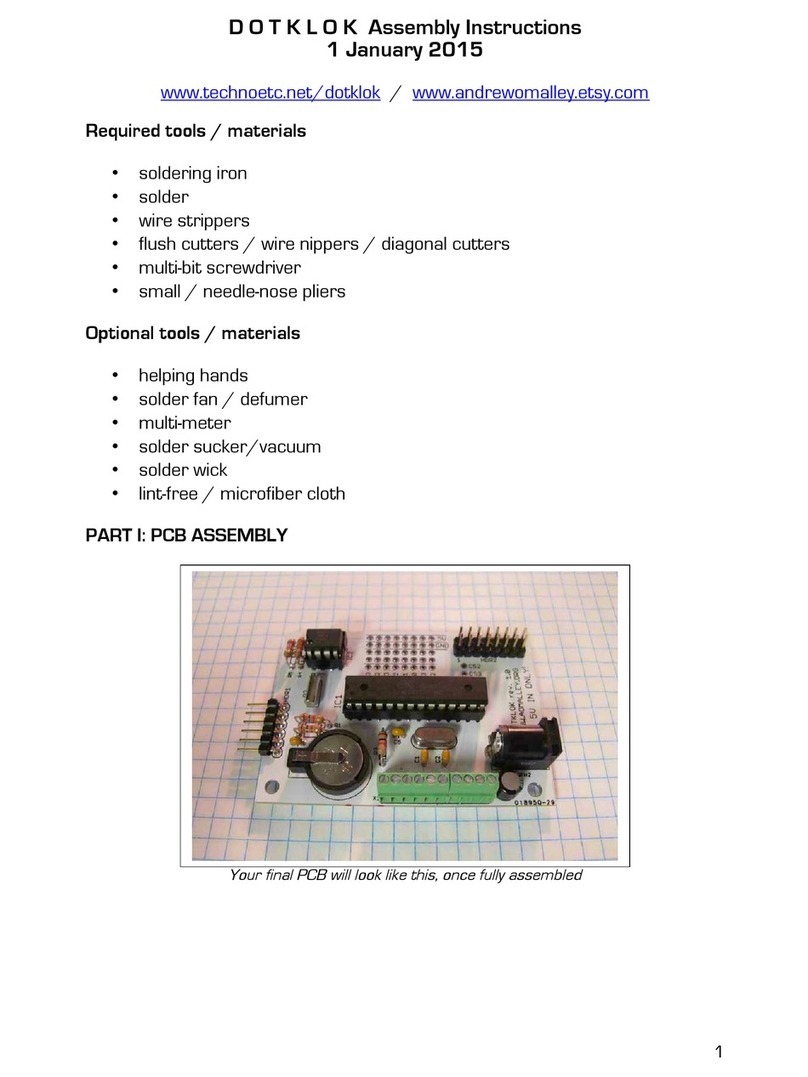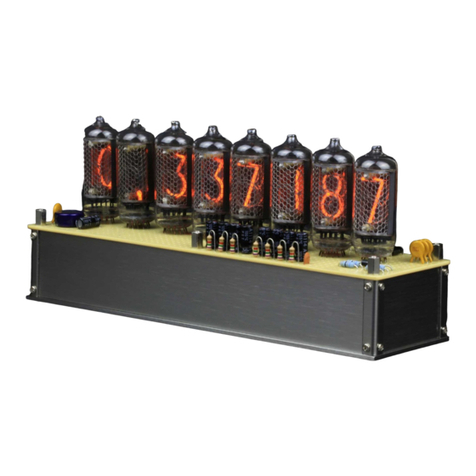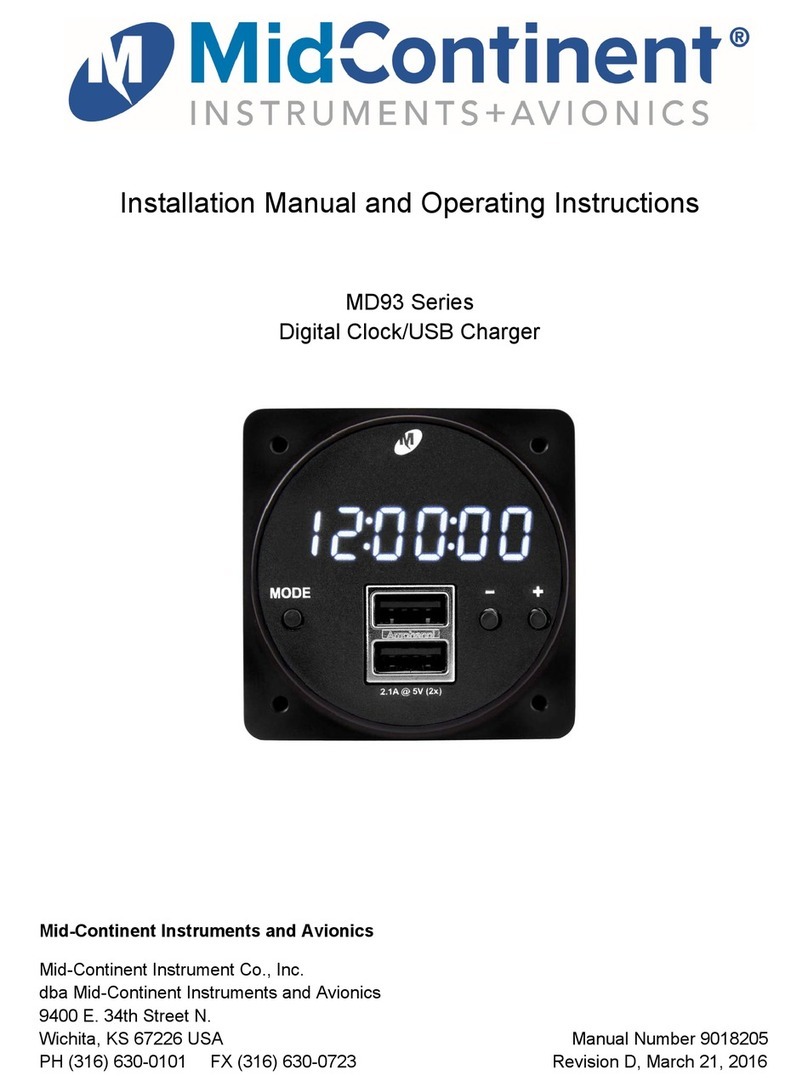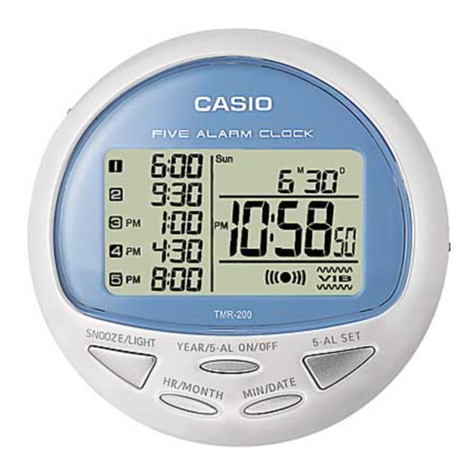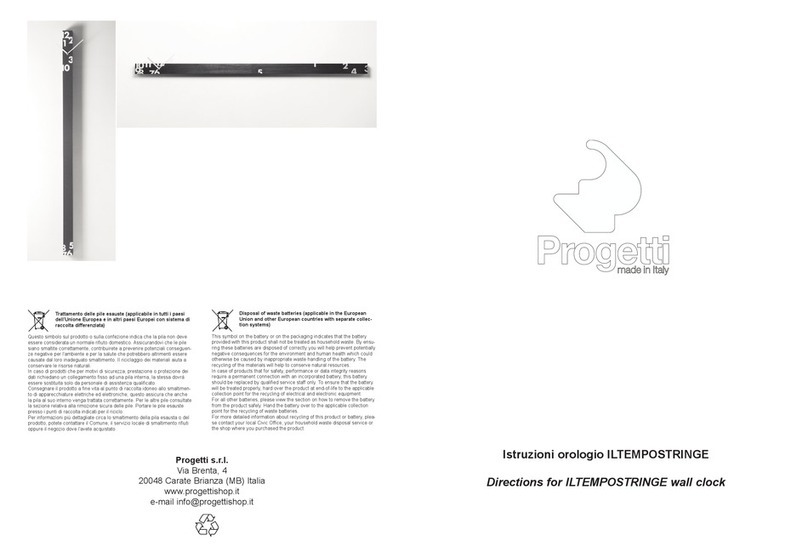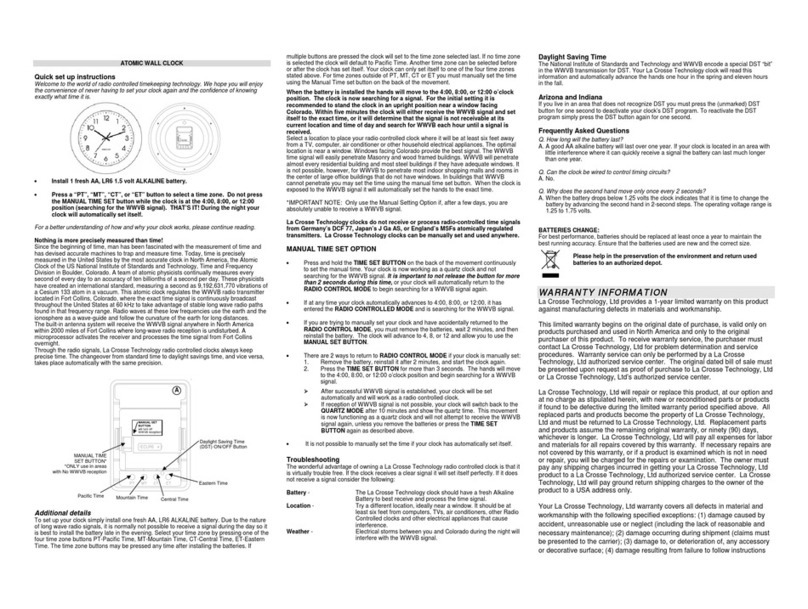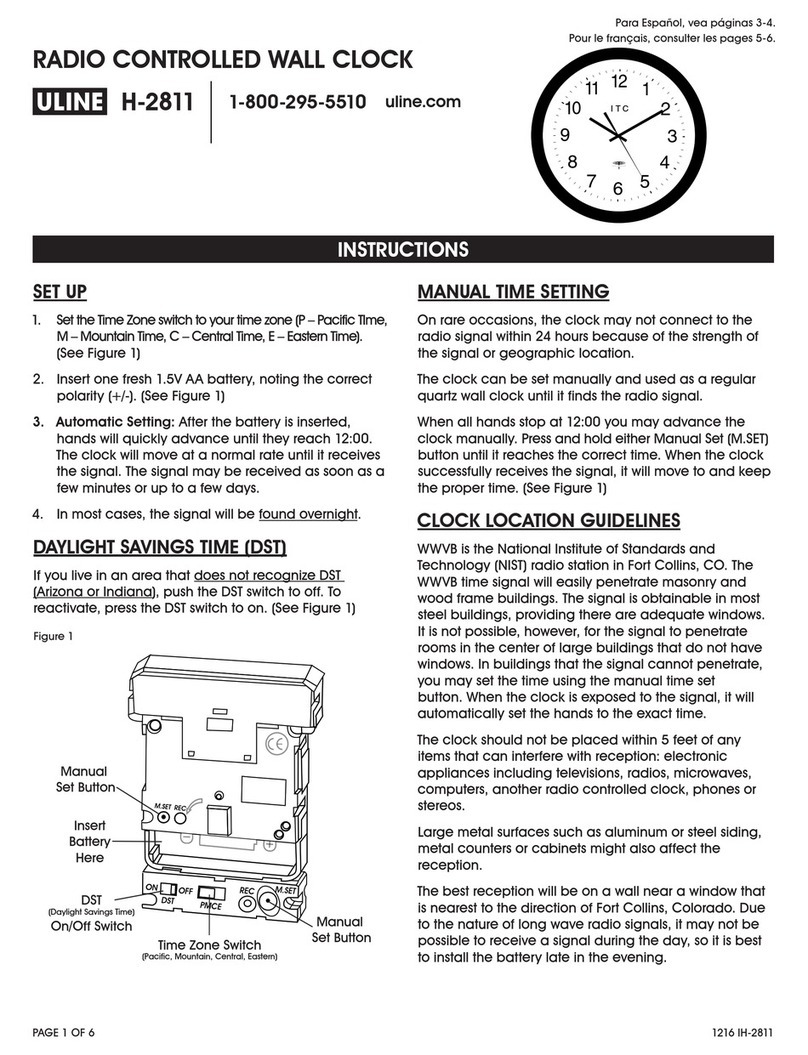
Mid-Continent Instruments and Avionics
Revision E, October 30, 2018 Manual Number 9018205
6
SECTION 1 GENERAL DESCRIPTION
1.1 INTRODUCTION
The MD93 series, part number 6420093-( ) is a digital clock / chronometer with a Dedicated Charging
Port (DCP) for USB devices (specifically 2 USB charging ports) fitting into a standard 2 ¼” avionics panel
cutout. Power is drawn from the aircraft main bus to light a white, six digit, and seven segment LED clock.
The clock can display several different modes: local time, universal time, flight timer, elapsed and
countdown timer functions. The MD93 LEDs are daylight readable and can be dimmed during reduced
light conditions by external voltage stimulus. When the external voltage is not present the clock LED and
annunciations are dimmed by means of an internal photocell. The MD93 clock has an internal battery to
maintain clock and flight timer functions when the aircraft is not in use.
The Dual USB Charging Port is designed as a DCP (Dedicated Charging Port) to industry-standard
protocol per the USB Battery Charging 1.2 Compliance Plan. Early-generation or smaller consumer
electronics typically accept one (1.0) amp during charging. However, newer electronics, such as tablets
and larger devices can accept, and in some cases, require up to 3 amps to charge and operate. As a high
power DCP, the MD93 can provide up to 2.1 amps (p/n 6420043-1) or 3 amps (p/n 6420043-2) to charge
any USB device, including the higher demand products. Unlike most dual USB chargers which provide
one (1.0) amp on one port and 2.1 amps on the second port, the MD93 can provide 2.1 amps (on -1 unit)
or 3 amps (on -2 unit) to both ports simultaneously. With features like short circuit protection, over-current
protection, low voltage shut-down and temperature monitoring, it can handle abnormal conditions safely.
1.2 PHYSICAL ATTRIBUTES
The cutout is a single, integrated component contained in a metal enclosure, fitting into a standard 2 ¼”
avionics instrument panel cutout. A 4-pin connector on the rear of the unit is used for power input,
external dimming control and flight timer operation. The front of the unit houses dual, USB Standard-A
receptacles. Three buttons on the front of the unit are used for changing modes of operation between
clocks and timers as well as setting/resetting clocks and timers. Refer to Figure 1 below for unit
dimensions.
Figure 1
MD93 Outline Drawing
